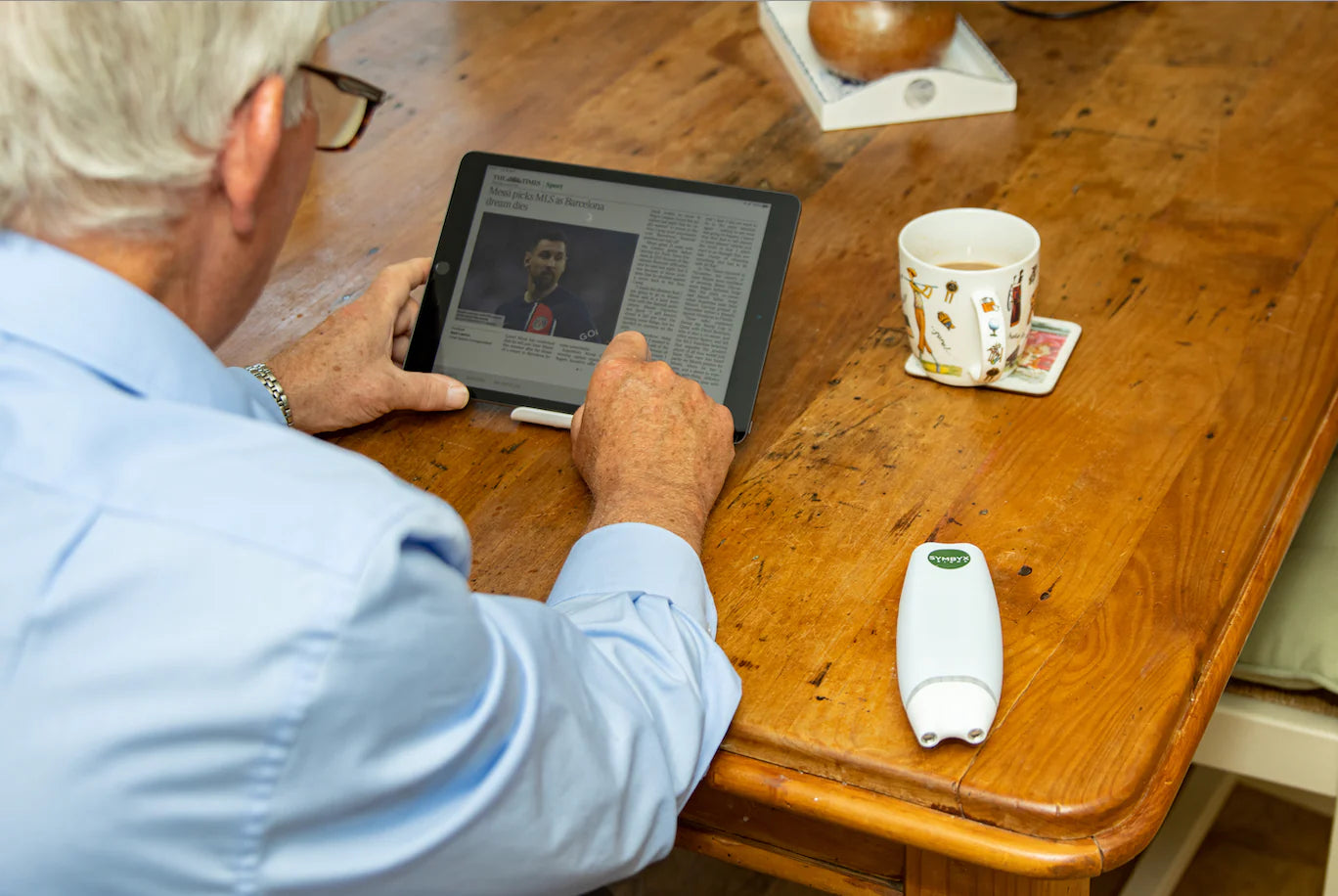Call me by any name: Laser Therapy, Infrared, Red Light Therapy, Photobiomodulation, Cold Laser, Low Level Laser Therapy...
Firstly let's start by saying that light therapy is called many things as per the above title, and encompasses devices that emit light energy by both LEDs and lasers. Whether the light energy being emitted is visible or invisible, blue or red, it is still all a part of the overall field of photobiomodulation.
Whether laser or LED, the technical terms or specifications are mostly measured by:
1. wavelength
2. frequency
3. dose
Wavelength: One of the most important parameters in photobiomodulation is wavelength. The correct wavelength for the target cell and reaction must be employed, otherwise optimum absorption will not occur. Research has shown that this tends to be wavelengths somewhere between 633 and 970 nanometers (nm), depending on the health issue being treated.
Infrared light therapy is generally considered anything over 800-1000nm. This light energy is invisible to the human eye.
Red light therapy is in the light spectrum between 620-800 nm. It is obviously red in colour and can be seen by humans.
Our clinical laser, the ProSeries device, comes with both red and infrared wavelength options. Simply follow our professional protocols, and select the recommended handset. Sometimes, you may wish to combine different wavelengths to the same injury site, to stimulate different cellular processes. Instructions on how and when to do this are provided to you as part of your training with our devices via a member of our worldwide Clinical Services team.
Frequency: Frequency refers to the speed that the electromagnetic waves travel, written in Hertz. Brain waves typically have a frequency up to 100 Hz, while research is identifying healing effects driven by other Hz ranges up to 852 Hz. All our handheld devices come with recommended Hertz presets, however our ProSeries can be adjusted, depending on the intended health issue being treated.
Dose: Dose refers to the total amount of energy applied to the body, and is provided by J/cm2 - that is, joules of light energy per centimetre squared, also referred to as fluence. The correct dose of light therapy must be applied to the body to ensure optimal results.
Laser therapy has a biphasic dose response, meaning that when a dosage is either too low or too high it can be ineffective and even detrimental to the therapeutic response. More is never more in photobiomodulation science. We are always aiming for the 'just right' amount, what we call the 'Goldilocks effect', which is another reason why clinical research is such a critical part of SYMBYX's mission.
Our clinician-level ProSeries laser is a Class 3b device, using powerful pulsed and super-pulsed technology, which allows it to provide higher dosages without overheating.
The difference between Class 3b and Class 4 lasers (that may be used in doctor's offices or in surgery) is largely dependent upon the dose that can be applied to the body. A higher dose of Class 4 lasers will more likely result in photothermal cellular effects, heating up the tissues until a burn occurs. This is why Class 4 lasers are often used surgically: they are intended to ‘burn off’ pathological cells.
SYMBYX's Class 3b lasers have enough power to stimulate cellular processes required for healing, while still being classed as 'cold' laser, meaning that they won't excessively heat the body. In fact most customers do not feel any warmth or any change at all when applying the laser on their body.
Photobiomics: SYMBYX lasers are the first, ARTG-listed medical lasers in the world approved for application of photobiomics in a neurodegenerative condition such as Parkinson's.
Photobiomics is the application of photobiomodulation to influence the gut and the its microbiome.
This is an emergent field of research, with some of the first studies in the world published by light therapy scientists using SYMBYX devices. Research has shown that, as well as promoting tissue healing and repair, photobiomodulation can also positively influence the gut microbiome. This mechanism, to treat conditions such as Parkinson's, Fibromyalgia, Alzheimer's, Inflammatory Bowel Diseases, Cardiovascular Disease, and other metabolic conditions via gut-organ axes, is one avenue of research that SYMBYX is heavily invested in.
Subscribe now for the latest in clinical trial results, research and product breakthroughs.

